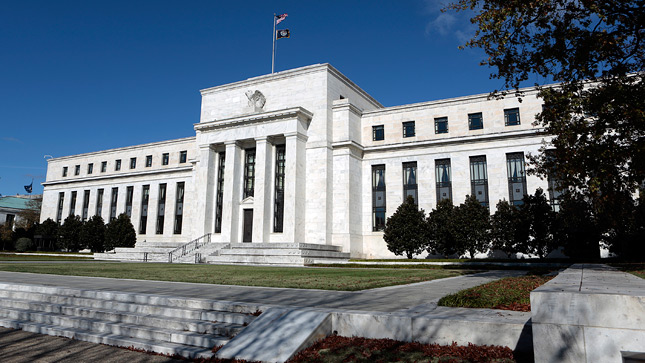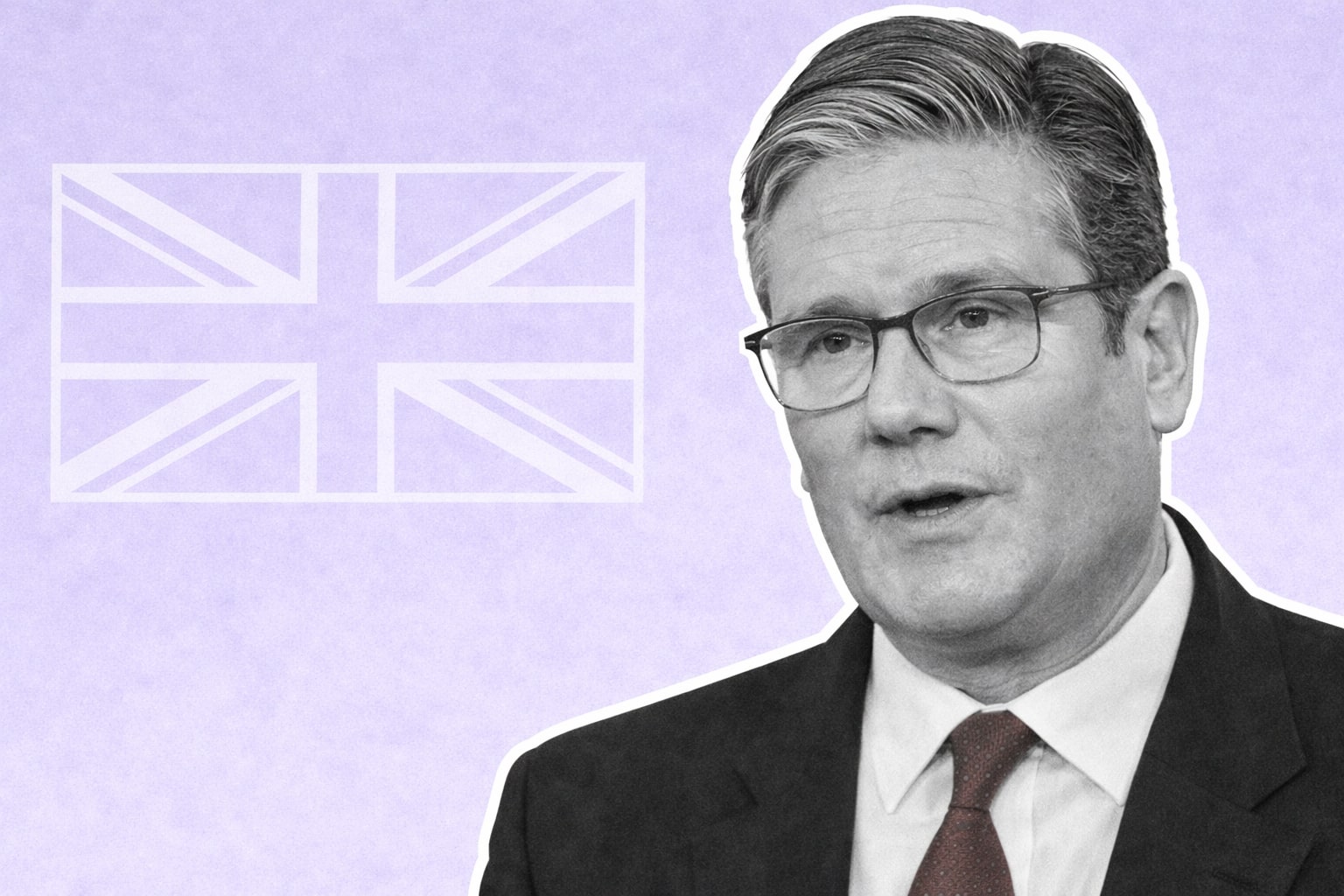
Fed's Interest Rate Decision Looms Amid Rising Inflation Expectations and Economic Uncertainties
Cautious Approach Anticipated as Market Weighs Inflation Battle Against Potential Recession Risk
As financial markets worldwide anticipate the Federal Reserve's interest rate decision on Wednesday, current estimates predict a rise of a quarter percent, positioning the rate between 5% and 5.25%. This decision is made more complicated by recent economic data, such as the University of Michigan's consumer sentiment index, which increased from 3.6% in March to 4.6% in April, indicating the public's highest inflation expectations in five months.
In contrast, the price index of household expenses, used to measure inflation, experienced a slowdown, with its 12-month rate of increase dropping from 5.1% in February to 4.2% in April. Ronan Menachem, the Chief Markets Economist of Mizrahi Tefahot Bank, argues that these data points necessitate a cautious approach by the Fed. He explains that the current slowdown in the index is mostly technical and may reverse in the coming months, particularly as the Fed focuses on the price index of household expenditures excluding food and energy (PCE). This core index increased by 0.3% in the last month, with a 4.6% increase over the last 12 months—2.5 times higher than the Fed's 2% inflation target.
Menachem believes that while recent data does not provide a clear direction, most indicators suggest that the Fed should proceed with caution. With public inflation expectations rising and core inflation remaining steady, Menachem predicts an interest rate increase in line with most estimates. The Fed is likely to adopt a neutral stance, which would allow for further rate increases later in the year if inflation expectations and actual data do not show a significant decrease. This approach may be taken despite a slowdown in actual household spending since the beginning of the year.
Global X asserts that the Fed is likely to raise interest rates by 0.25%, as inflationary pressures persist and positive reports from technology companies counterbalance weaker economic data. The market currently prices in an 87% probability of this increase. The Fed's rhetoric and signals regarding future rate increases and the bank's plans to halt them will be crucial to monitor.
This week's employment report is another significant publication, with estimates indicating 181,000 jobs added in April—a substantial decrease compared to 236,000 in March and 472,000 in January. While cracks in the employment market are evident, the number of new jobs remains higher than the number of people seeking work.
Chair Jerome Powell has largely achieved consensus among the Federal Reserve as interest rates have risen aggressively. However, with the hiking campaign potentially nearing its end, maintaining agreement may become more difficult. With inflation reaching 9% in the past year, Powell's colleagues were unified in their fight to curb price pressures. Still, consensus is showing signs of fragmentation as inflation remains high and the Fed staff, along with many private economists, anticipate a recession in the coming months.
Economic uncertainties have created a challenging environment for the Fed, as policymakers must decide whether to continue battling inflation or attempt to cushion a slowing economy. The forward guidance at the May meeting could be a contentious issue, with conflicting views on the need for additional rate hikes. The FOMC is currently forecasting that unemployment will rise to 4.5% by year's end from 3.5% in March, a potential indication of a looming recession. As the 2024 presidential election campaign begins, the Fed may face increased scrutiny for its decisions.
Powell has maintained that the Fed will not prematurely loosen monetary policy and will continue to fight inflation until price increases are on track to return to the central bank's 2% target, even if unemployment rises in the process. However, the path forward could be tumultuous, potentially bolstering the view of hawks advocating for more rate hikes.
Read More
-
Pagaya Stock Price Forecast - PGY at $23.20: Is PGY Stock the Cheapest AI Fintech of 2026?
19.12.2025 · TradingNEWS ArchiveStocks
-
XRP Price Forecast: XRP-USD Stuck at $1.87 With $3 2026 Target and $10–$25 Long-Term Range
19.12.2025 · TradingNEWS ArchiveCrypto
-
Oil Price Forecast: WTI Near $56 and Brent at $60 Signal Risk Toward $50
19.12.2025 · TradingNEWS ArchiveCommodities
-
Stock Market Today: AI Chip Rally Lifts Nasdaq as $7.1T Quad Witching Hits
19.12.2025 · TradingNEWS ArchiveMarkets
-
GBP/USD Price Forecast - Pound at 1.34 As BoE Cut And Soft Dollar Keep Bullish Path Toward 1.35
19.12.2025 · TradingNEWS ArchiveForex



















